The 10-kilometer night crossing began at dusk as we escaped the submerged landscape of the Rio Atrato delta in search of higher ground on the next peninsula. Our hopes of staying in El Roto—a village on stilts a couple of kilometers upriver—had been dashed after the headman refused us.
Frank Wolf rounds the Darien Gap
Mark Sky and I were nearing the end of a 500-kilometer sea kayak trip from Colón, Panama, to Turbo, Colombia. He was almost a year into a fully self-propelled cycling and climbing journey from Squamish, British Columbia, to Argentina’s Mount Aconcagua. His major crux was the Darien Gap—the roadless, swampy, unchecked border region between Panama and Colombia. To help him in his mission, I flew down with two folding kayaks to paddle around the Gap and get Mark to the start of the road in Turbo. From there, he would continue through South America.
It was pitch black by the time we were halfway across the delta. Then, like a switch had been thrown, lightning flashed and thunder clapped, introducing a storm with furious wind whipping the seas around us into a froth.
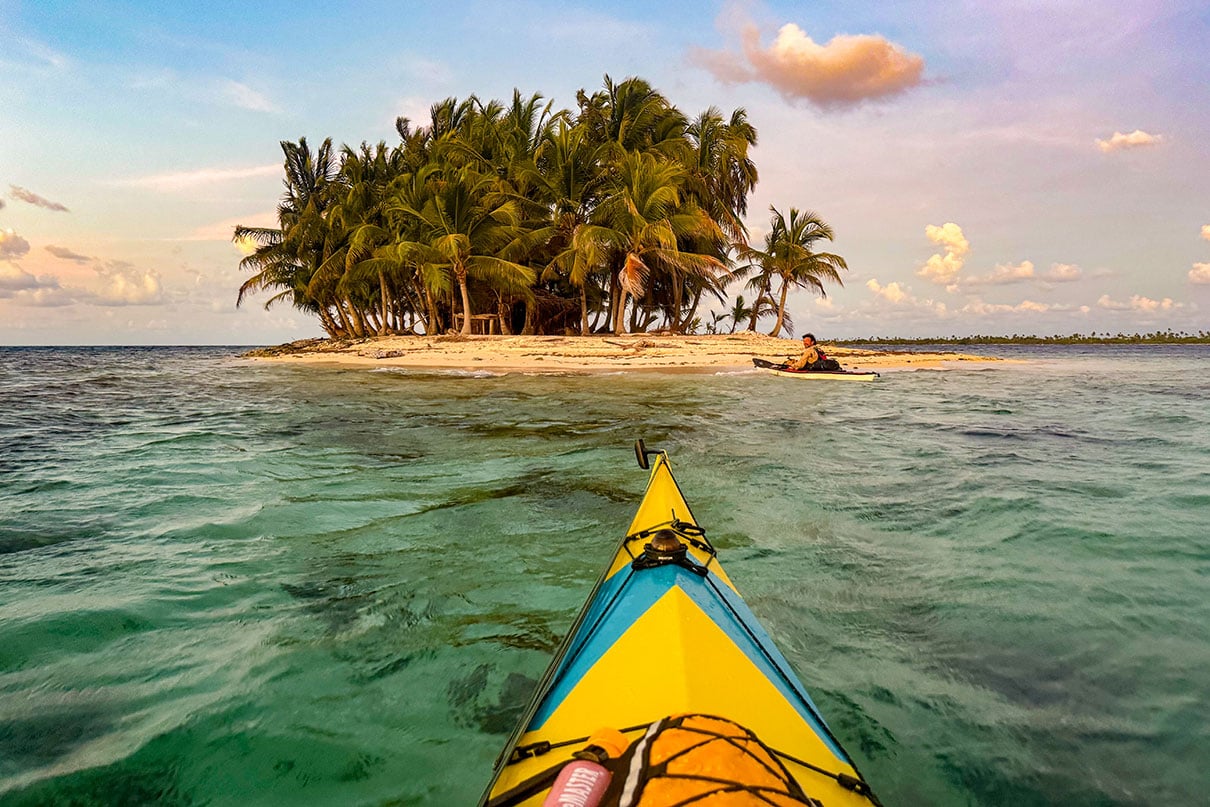
As we approached land, the surf zone jacked up. Mark is a relatively novice paddler, so he was pretty gripped, and I wasn’t keen on a blind landing either. In front of us was nothing but darkness and crashing seas. The landing could be mangrove, impenetrable forest, rocky reef or a beach—we had no idea.
“Mark! Let’s raft up!” I shouted over the din.
Hanging onto each other’s boats, I decided we’d let the waves decide our fate. In a raft, we’d be stable and together, far less likely to have a yard sale in the sea.
Wave after breaking wave rolled over us as we were inevitably pushed to shore. When we struck ground, we were elated to find we’d washed up on a sandy beach and quickly dragged our boats up.
Any port in a storm
Checking our GPS, we saw our thin strip of sand would be underwater once high tide came around in a couple of hours. As I prepared dinner, Mark walked up the beach to find higher ground for our camp. He was slow in returning and I wondered if he’d had a run-in with a crocodile—until I spotted a bunch of lights approaching me.
In short order, I was surrounded by a dozen military personnel in fatigues armed with M4 machine guns and a very wide-eyed Mark. He’d strolled onto their base, machete in hand, and was quickly detained and questioned. He was first accused of being a thief but explained we were just kayakers. Unbeknownst to us—and not marked on any maps—the peninsula was a Colombian naval base. The men proceeded to pick up our kayaks and gear and marched everything a kilometer away to their compound. They put us in a dank room under guard for the night.
Discussions about what to do with us went up the chain of command. They decided the next day the coast guard would take us to Turbo to be processed. We pleaded to be allowed to paddle the final 20 kilometers to town but they couldn’t be dissuaded. However, once the two coast guard officials arrived and saw the mound of our gear they’d have to transport, they decided it would be more prudent to process us on the spot. Mark was overjoyed—his self-propelled line would remain unbroken.
That afternoon, we paddled into Turbo and raised a toast to our Colombian captors and to rounding the Darien Gap.
Adventurer Frank Wolf is known for his award-winning films documenting wilderness expeditions. His second book, Two Springs, One Summer, will be available in September.
Idyllic island camping doesn’t hint at the Darien Gap’s reputation as a notoriously dense and dangerous jungle. It is the only break in the Pan-American Highway, which stretches from Alaska to Argentina. | Feature photo: Frank Wolf


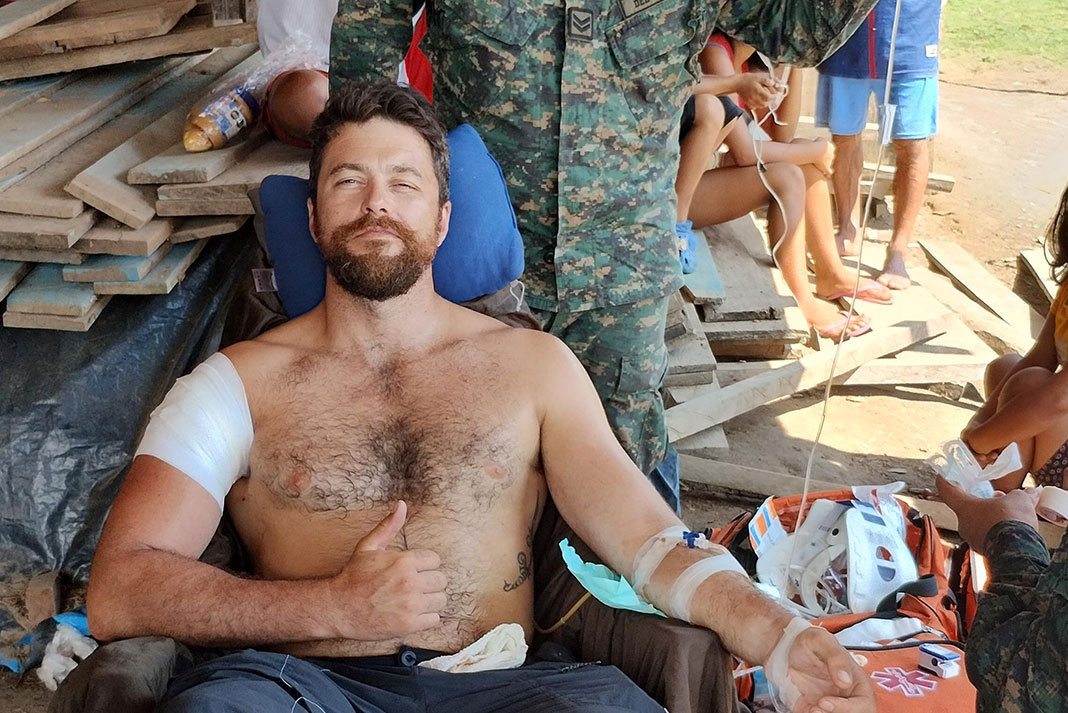
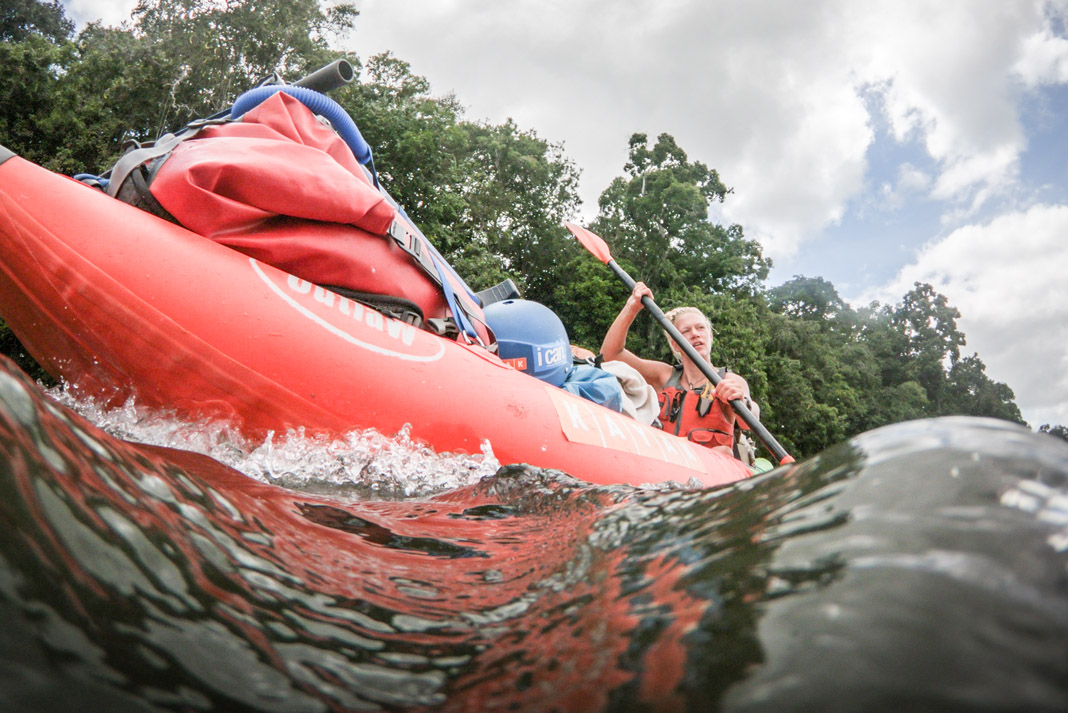
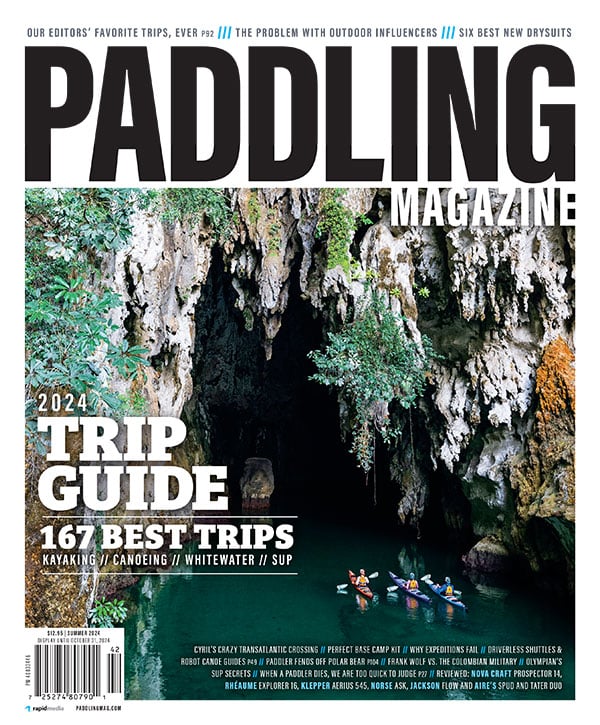 This article was first published in Issue 72 of Paddling Magazine.
This article was first published in Issue 72 of Paddling Magazine. 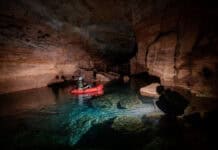

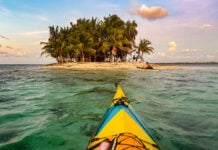
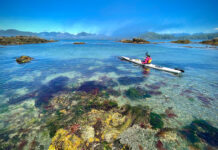
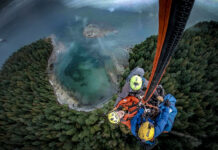

Nice description of your meeting and arrest in Columbia
You could have been unlucky —- at times these characters can do strange things
Just bought your new book on Amazon
Bolas de acero inoxidable, caballeros. Well played, and good for you on staying calm and explanatory. I lived on the Caribbean side of Colombia many years ago. Most of the people are wonderful human beings. Nonetheless, the list of hazards (both human and otherwise) in that area is extensive. Glad you made it out with stoke and a story.